Can You Put A Drywall Anchor In Spackle? (Find Out Now!)

Drywall anchors are used to hang pictures, shelving, mirrors, clocks, and other furnishings and decorations, and these are much sturdier than basic screws, nails, and other mounting fixtures. But can a drywall anchor be used in a wall that’s been filled with spackle? Such is the question this article will answer.
In most cases, drywall anchors aren’t suitable for walls that include spackle, and that’s because spackle is not as sturdy as drywall. Spackle is an ideal filler, one that makes a damaged drywall more attractive. But if you want to securely mount pictures, mirrors, appliances, and other wall fixtures, regular drywall should be used.
Do You Need to Hire Drywall Installers?
Get free, zero-commitment quotes from pro contractors near you.

What Are Drywall Anchors and Why Are They Used?
When it comes to hanging framed pictures and other wall decorations, drywall anchors are preferred over traditional mounting screws and nails, and that’s because these latter objects—lacking anchors—can slip out of walls easily.
There are numerous kinds of drywall anchors, but they all work in the same way (just about). As the anchor is screwed in, it expands on the interior side of the wall, creating a firm point to which pictures, mirrors, shelving, and appliances can be mounted.
How Drywall Anchors Are Installed
To get the most out of a drywall anchor, you must install this device properly. If the anchor is not secured correctly, fixtures that are mounted to it may be cockeyed and/or loose.
This may not be the end of the world for pictures and other decorations, but you definitely don’t want shelves, TVs, and other expensive appliances and fixtures resting on insecure drywall anchors.
Step One: Selecting the Right Pilot Hole Drill Bit
Go ahead and grab a power drill, as you’ll need one to make a pilot hole in the drywall, door, or tile wall. Remember to use a drill bit that’s smaller than the width of the anchor. Drywall anchor manufacturers indicate which drill bits should be used on packaging or in product instructions.
Some drywall anchor kits include drill bits, which means purchasing a kit saves you from having to find an ideal drill bit on your own.
Note: If you’re using toggle bolts or steel hollow wall anchors, you’ll need a pilot hole that’s larger than usual.
Step Two: Placing the Anchor
Now it’s time to get the anchor in place. Start by inserting the anchor into the pilot hole. If the anchor is meeting resistance before it’s fully inserted, tap it using a rubber mallet, as doing so will probably get the anchor all the way into the pilot hole.
When the anchor is all the way in, use a screwdriver to drive the screw into the anchor. Once the screw can no longer be driven, the anchor is secure.
What Is Spackle and Why Is It Used?
Spackle is a kind of drywall filler, one that’s comprised of gypsum and binders. It is thicker than joint compound, and its texture resembles that of toothpaste. Often, premixed spackle is sold in a tub, and there are several different kinds of spackle to choose from.
If you’re looking to get rid of dents, dings, nail holes, and other common drywall blemishes, then using spackle is a good move. Generally, spackle dries faster than joint compound, taking a mere half-hour. As was mentioned already, there are several different kinds of spackle, and the common kinds are listed and explained below.
Lightweight Spackle
This spackle is ideal for small cracks, holes, and dents. It doesn’t sand well and should only be used as a quick-fix solution.
All-Purpose Spackle
This spackle contains gypsum, as joint compound does, and it’s good for filling larger holes, dents, and cracks.
Vinyl Spackle
This spackle is used to fill deep holes and cracks. Unlike other kinds of spackle, this spackle must be applied in layers, and this is to ensure stability. Before a new layer can be added, the layer below it must be dry. This spackle sands well and it’s resistant to both drying out and crumbling, mainly because of the vinyl content.
Acrylic Spackle
Acrylic spackle is like vinyl, in that it’s flexible yet sturdy. Therefore, it can be used to mend drywall, stone, brick, wood, and plaster.
Epoxy Spackle
This spackle is oil-based, and such is its only unique quality. Of course, it adequately repairs holes, gouges, cracks, and other drywall blemishes.
Do You Need to Hire Drywall Installers?
Get free, zero-commitment quotes from pro contractors near you.

Can Spackle Support Dry Wall Anchors?
Generally speaking, drywall anchors are not inserted in spackle, and that’s because most spackles are unable to support these devices. Vinyl and acrylic spackles should, in theory, be able to support anchors, but it’s better to install anchors in solid drywall instead of in spots where drywall has been filled in with spackle.
If you’re worried that a section of wall won’t be able to handle an anchor, get in touch with an expert drywall contractor, as they’ll know what’s best for your situation.

Matt loves everything DIY. He has been learning and practicing different trades since he was a kid, and he's often the first one called when a friend or family member needs a helping hand at home. Matt loves to work with wood and stone, and landscaping is by far his most favorite pastime.
More by Matthew Mountain




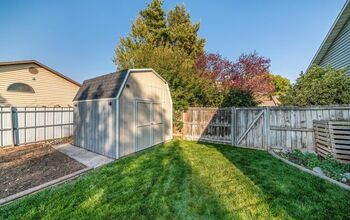





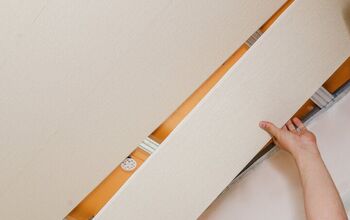
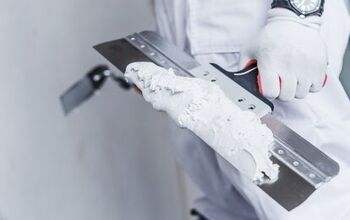
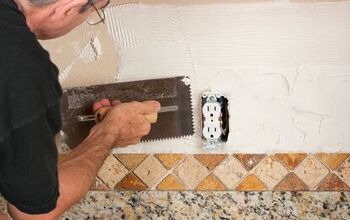
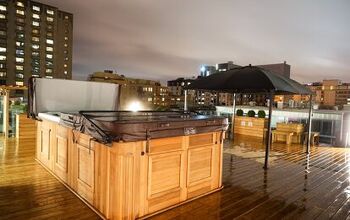
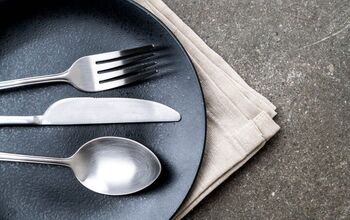







![Cost To Drill A Well [Pricing Per Foot & Cost By State]](https://cdn-fastly.upgradedhome.com/media/2023/07/31/9074980/cost-to-drill-a-well-pricing-per-foot-cost-by-state.jpg?size=350x220)




